Contribution / Chapter
Testing Hearing with Speech
Items
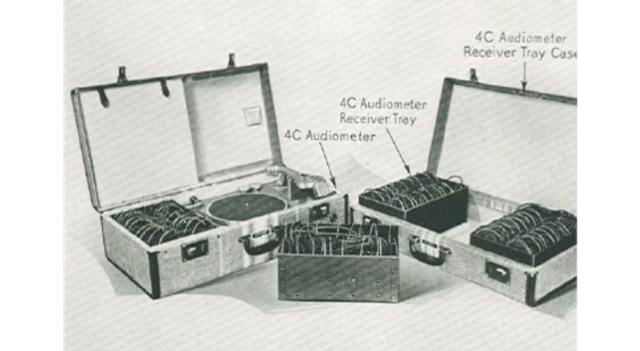
Western Electric 4C Audiometer Images
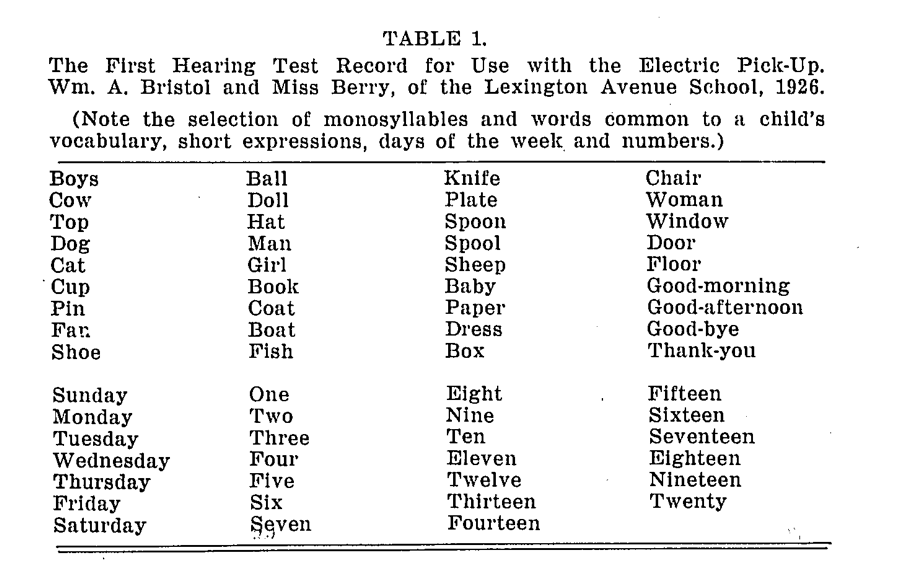
Bristol and Berry List of Test Words Images
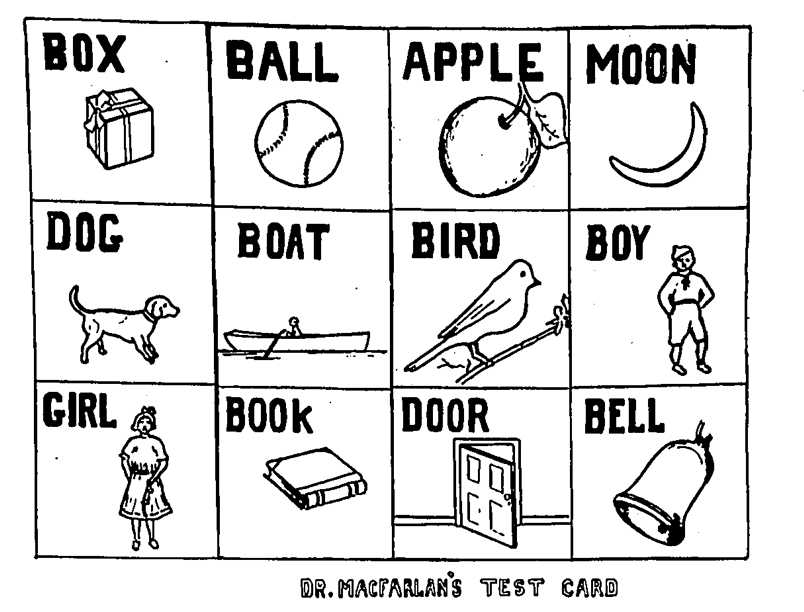
Card for Phonograph Hearing Test Images
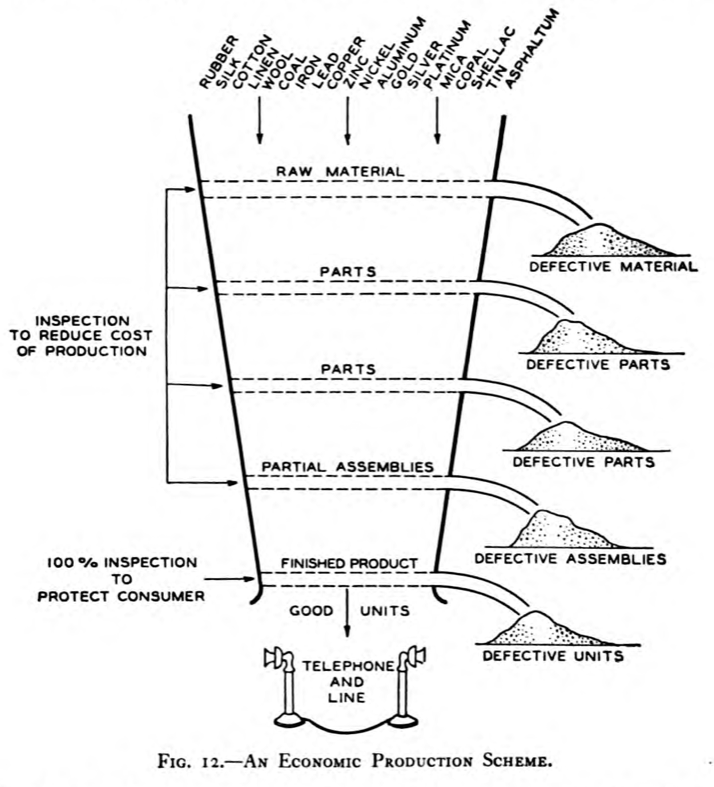
An Economic Production Scheme Images
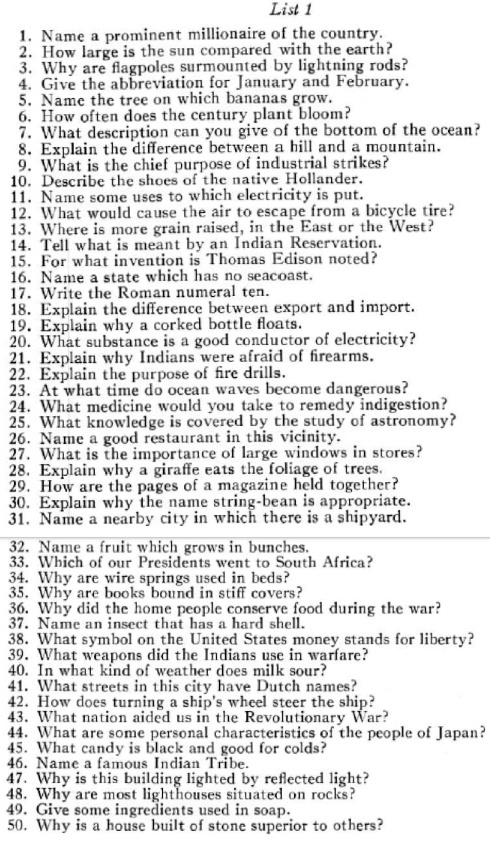
Telephone Clarity Test Questions List Images
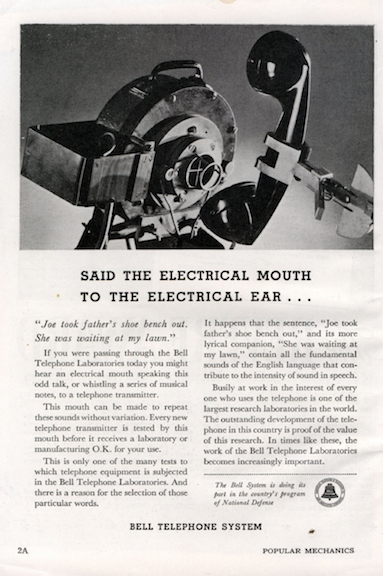
“Acoustically complete” Sentences for Telephone Testing Images
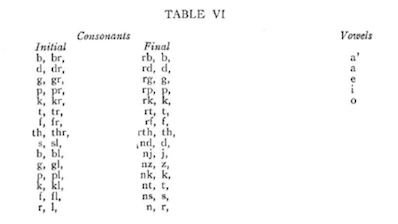
Consonants and Vowels for Random CVC Selection Images
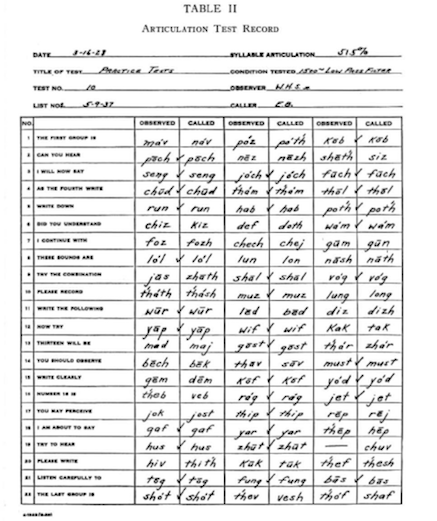
Articulation Test Record Images
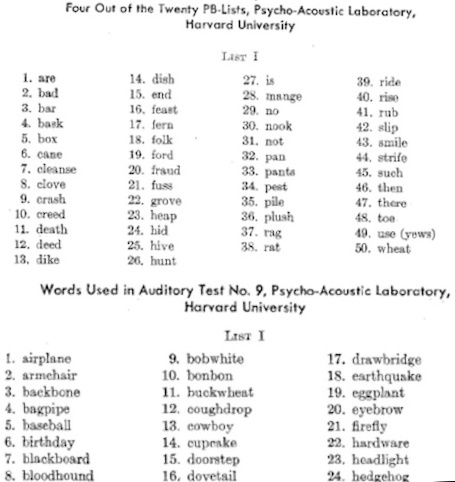
Harvard Psycho-Acoustic Lab Word List Images
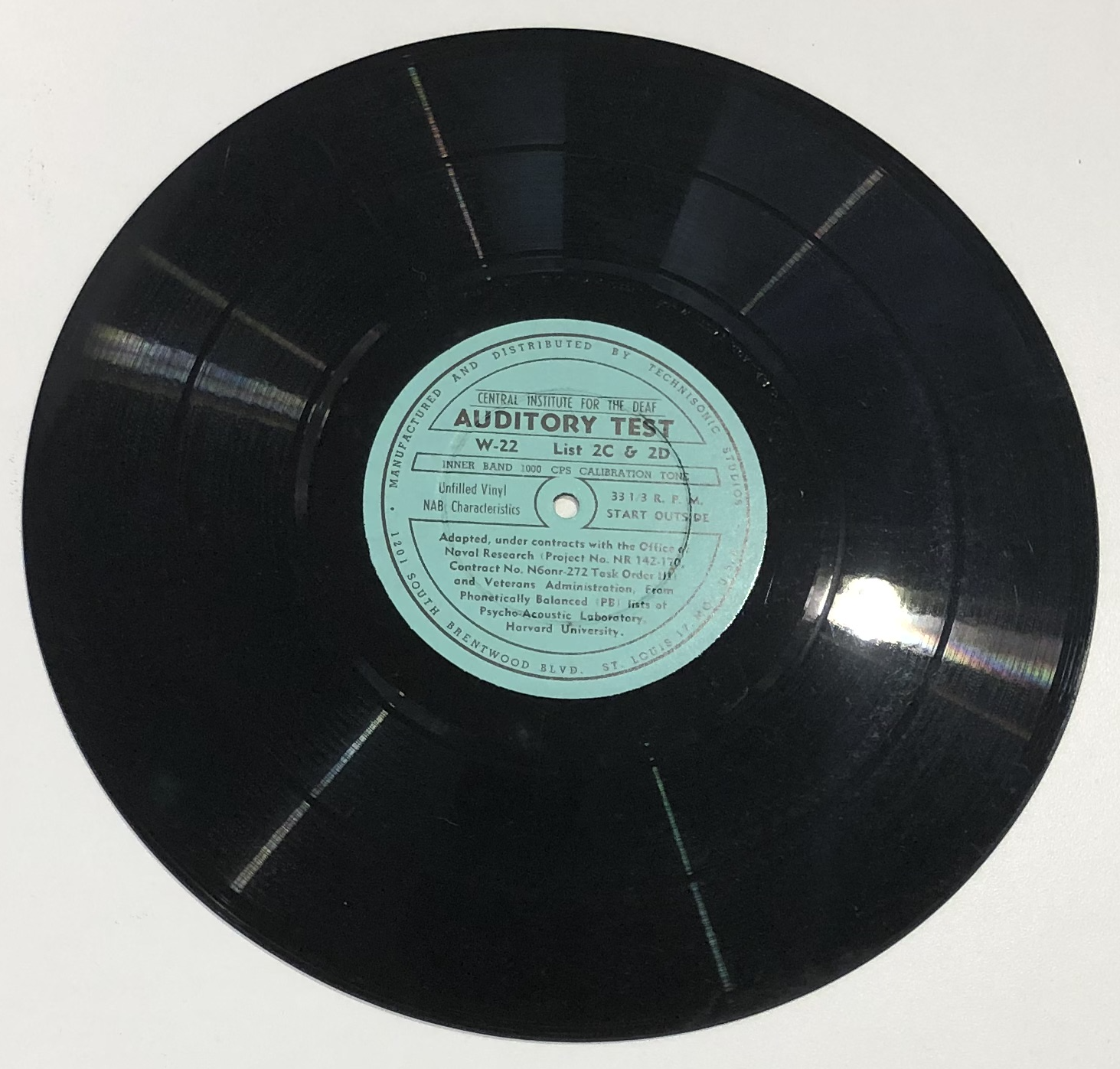
Picture of a Recording of an Auditory Test No. W-22 Images
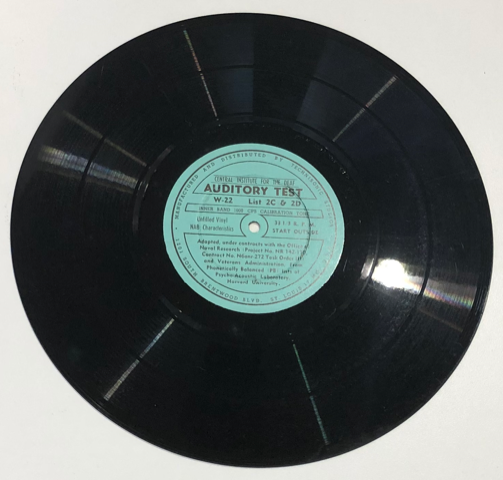
Sound Recording of a W-22 Word List – 1C Audio

Sound Recording of a W-22 Word List – 1D Audio

Sound Recording of a W-22 Word List – 2C Audio

Sound Recording of a W-22 Word List – 2 D Audio
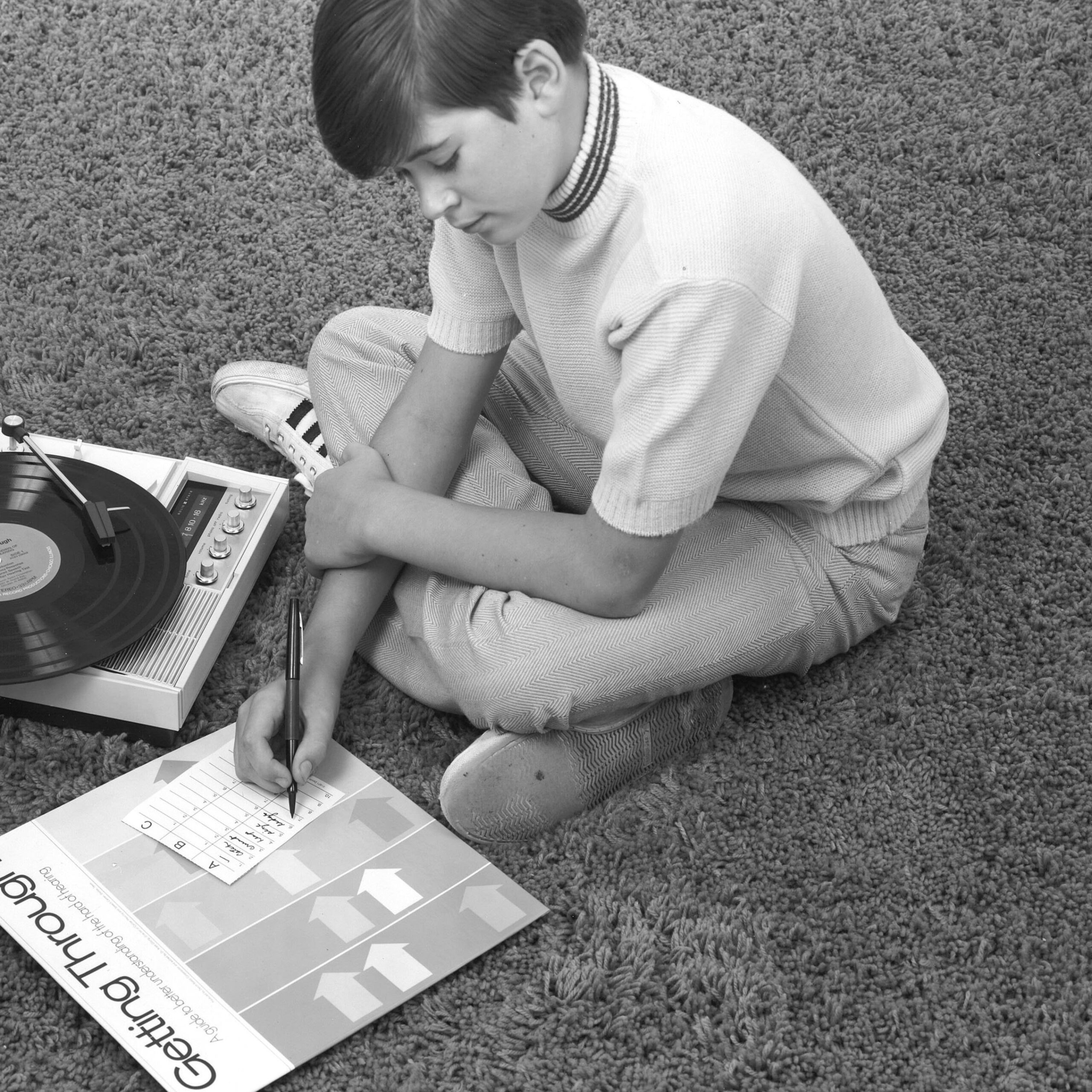
“Getting Through“ Album by the Zenith Radio Corporation Series
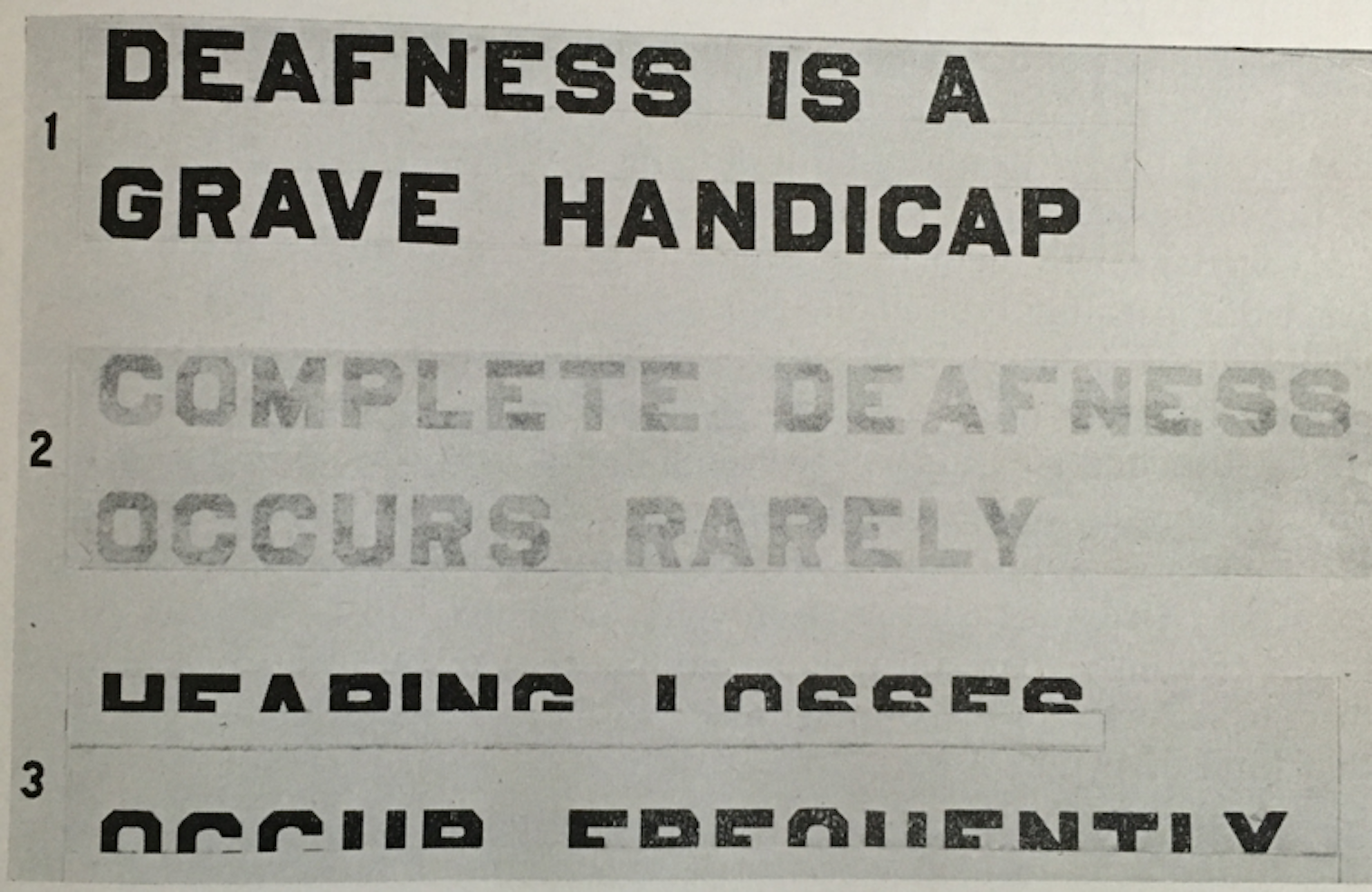
List of Impacts of Hearing Impairments Images
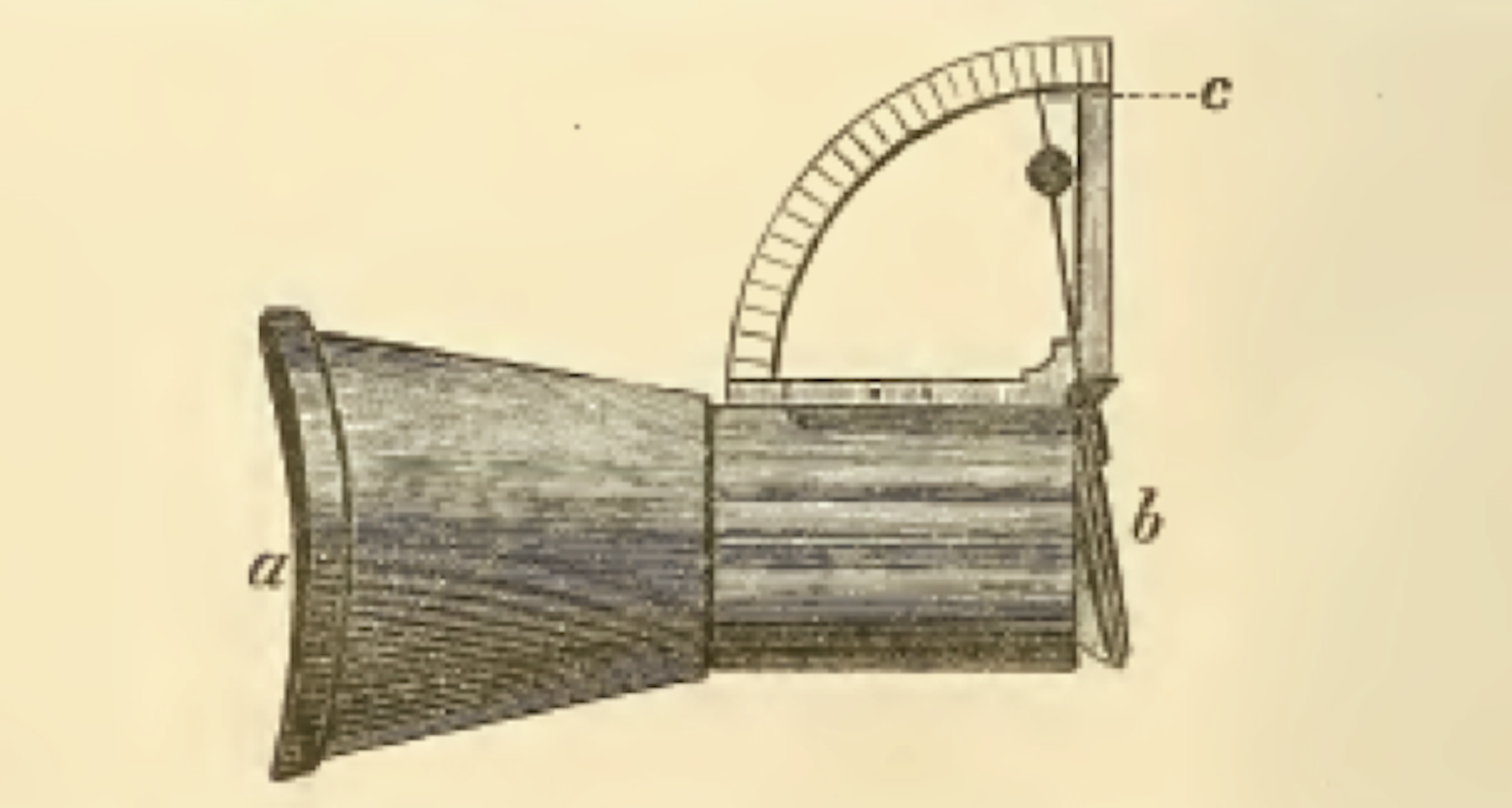
August Lucae’s Phonometer Artefacts
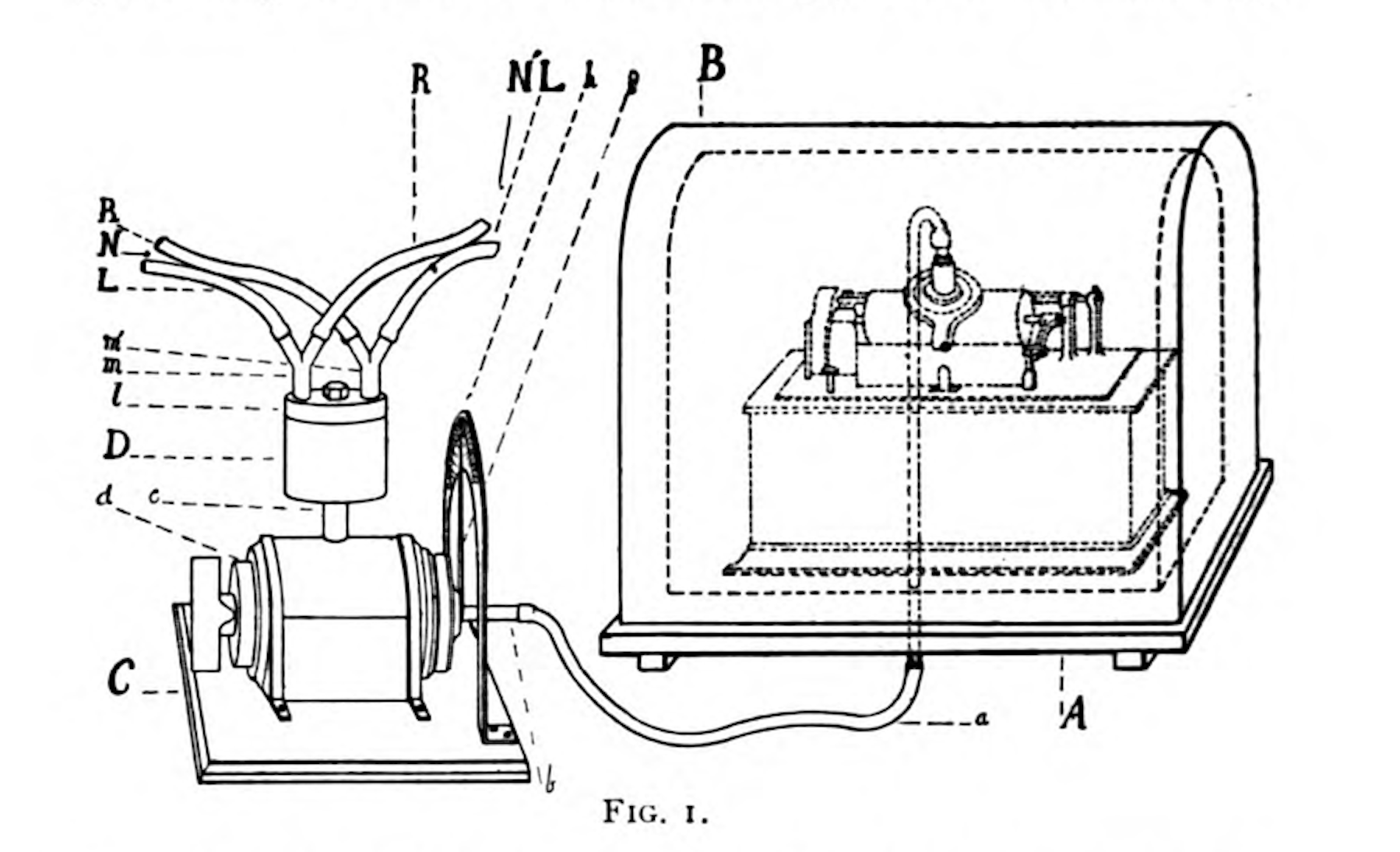
Bryant’s Phonographic Acoumeter Artefacts
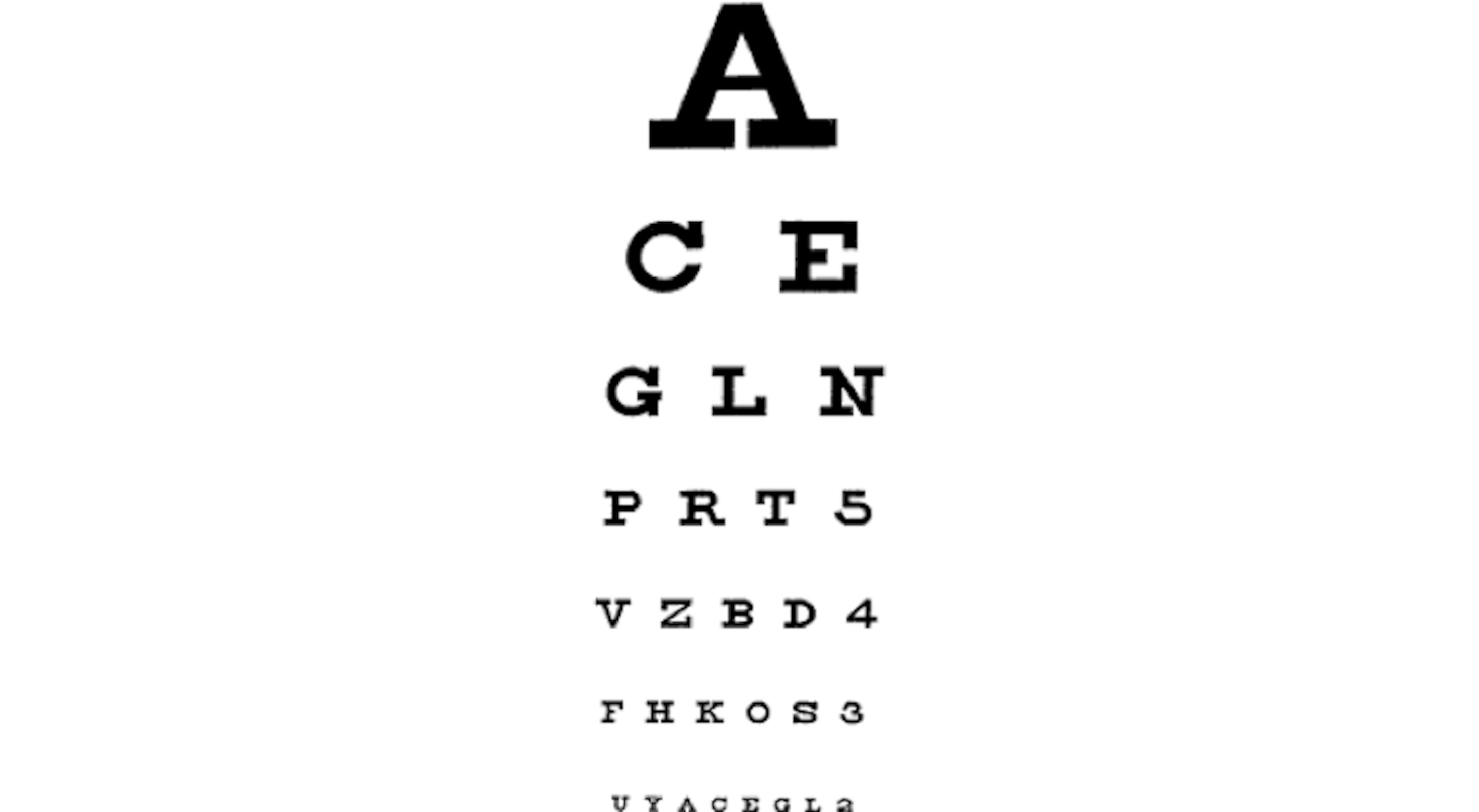
Hermann Snellen’s Optotypes Images
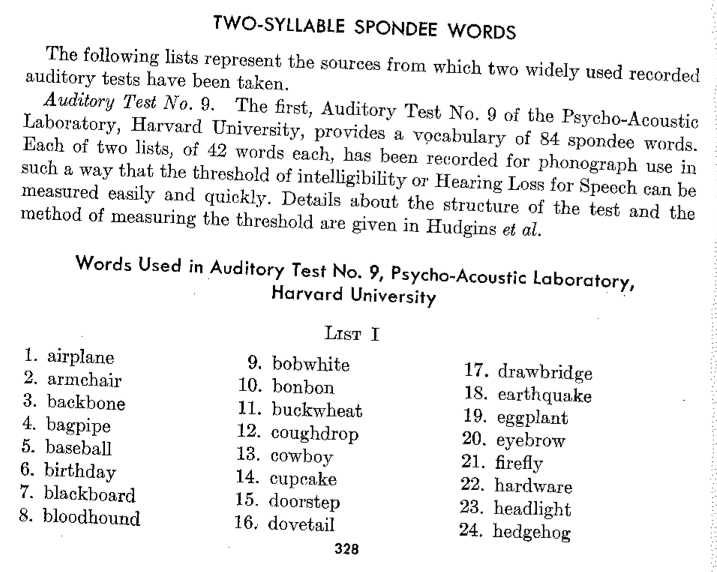
Auditec Spondees List Sample (Child Version) Audio
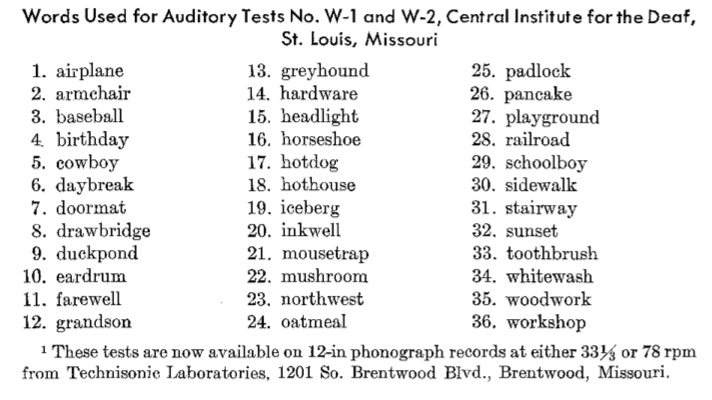
Auditec Spondees List Sample (Adult Version) Audio
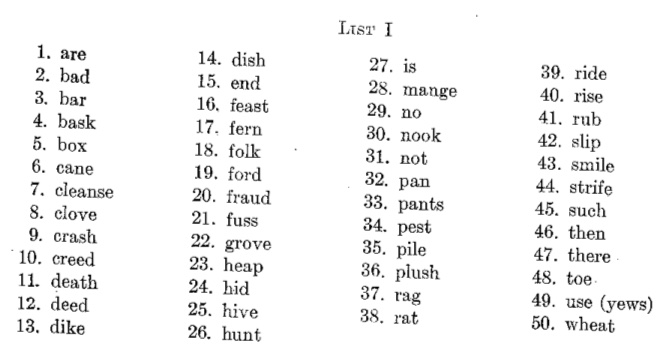
Auditec PAL Lists Sample Audio
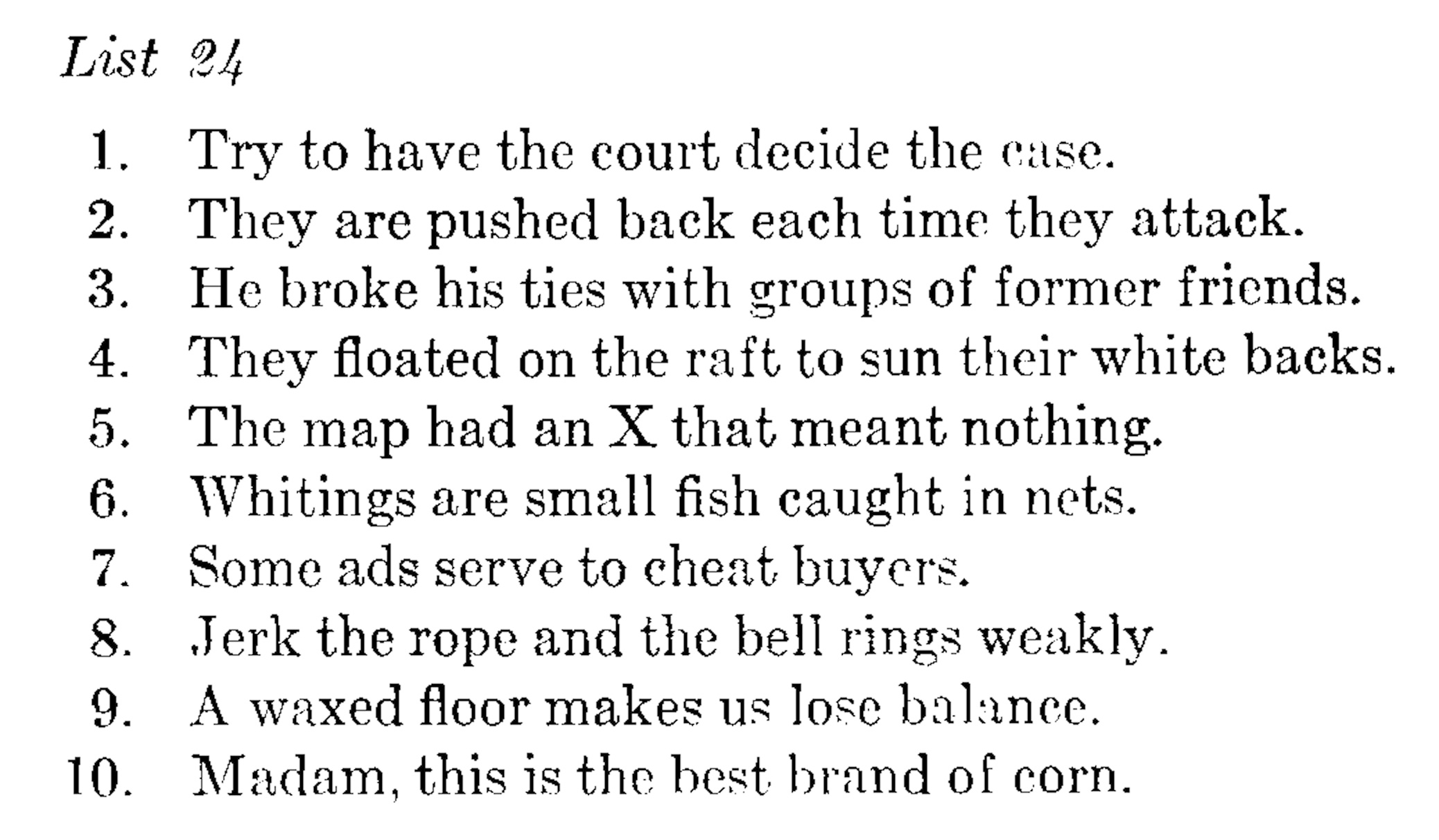
Harvard Sentences list no. 24 Texts
Testing Hearing with Speech
If to measure is to “assign numerals to events,” queried audiologist Ira Hirsh in 1952, “what are the observable events in hearing?” In the newly professionalized field of audiometry, the test material for a typical audiogram—a set of individual tones—lent itself to precise electronic control, but it did not reflect everyday hearing situations and capacities. This chapter examines the use of speech to test hearing, from preliminary clinical applications of phonograph recordings in the late nineteenth century, to mass “screenings” with electrical recording and playback machines in the 1930s, to postwar diagnostic tests in which speech itself—from nonsense syllables to spondees to sentences—was forged into an objective measuring tool. The chapter argues that the quantification of “hearing loss for speech” derives from articulation testing in the field of telephone engineering. More specifically, the molding of speech sounds into yardsticks of “useful hearing” arose in the historical context of quality control, as did the notion that human hearing should be “screened” and inspected in industrial fashion.
© 2015 – 2025 Humboldt-Universität zu Berlin





